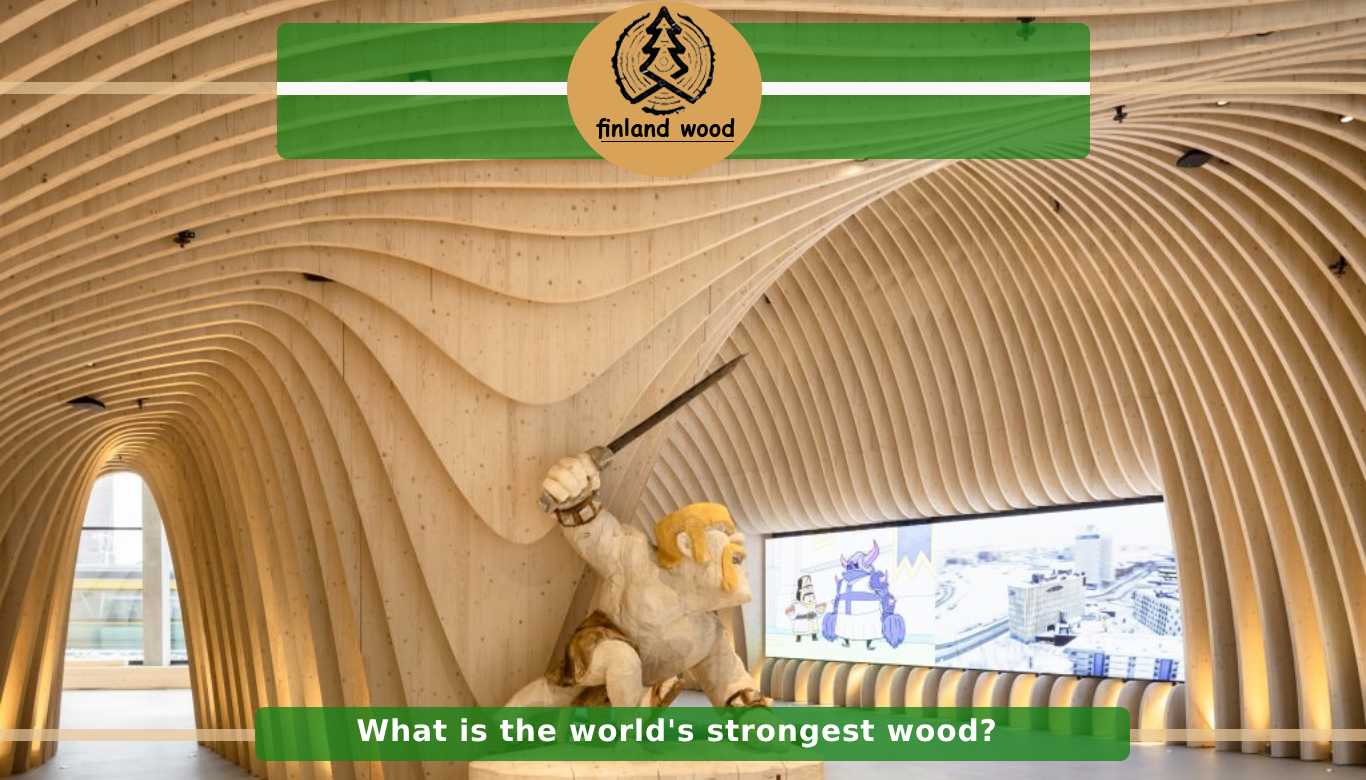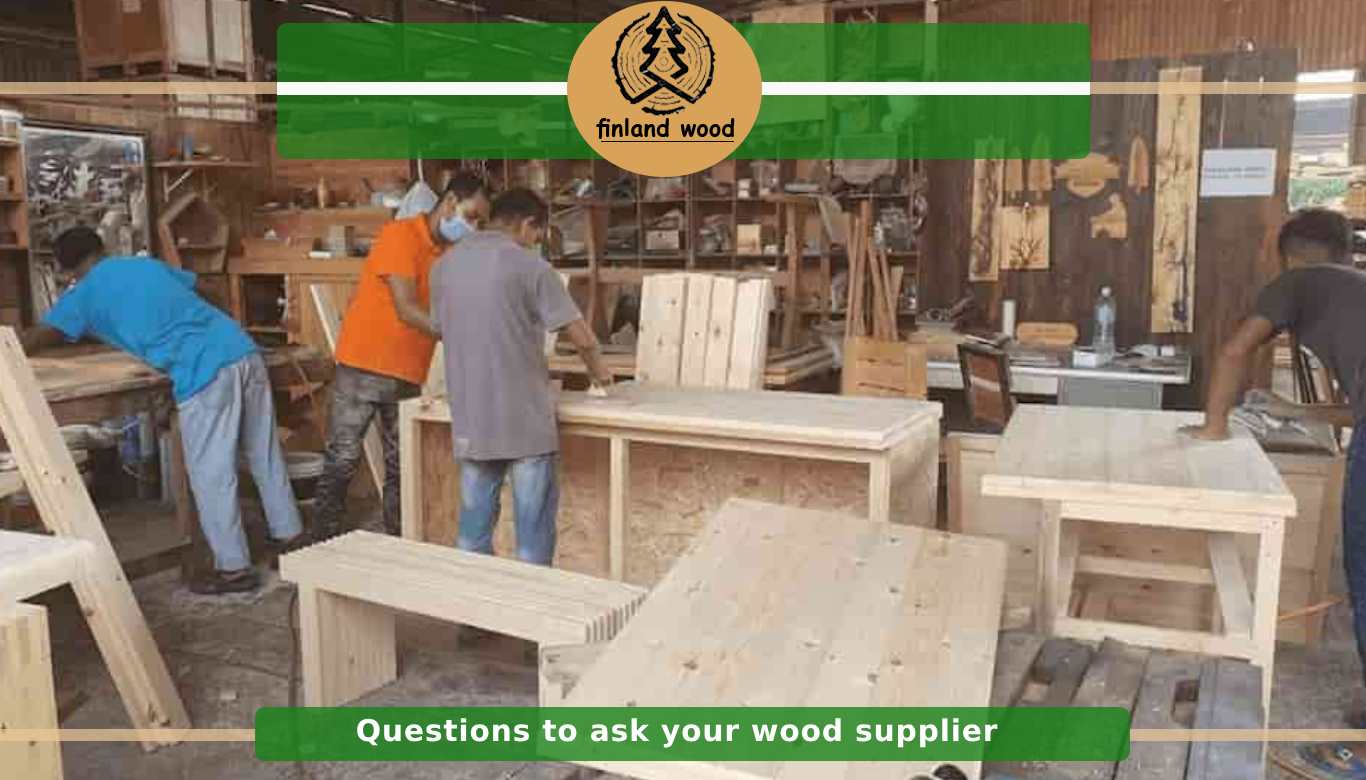Afrormosia has the same properties as teak and therefore has been used as an alternative to teak for years. The grain, color, texture, and durability are almost identical.
This type of wood is not as oily as teak wood and therefore it is more suitable for furniture making.
The possibility of cracking and tearing is very low. For this reason, it is an excellent choice for making wooden furniture.
Afromosia wood is durable and has a uniform yet delicate texture. It is known for its straight seeds. Although there is some cross-grain. This fine texture and its stability make it easy to work with in the woodworking shop.
Afrormosia is recognized for its medium brown color. Although it may be yellow or orange when freshly cut, it turns dark quickly. There is also the possibility of blue stains.
Follow us until the end of the article. In this section, we will talk about the details of this tree species, its use and its difference from teak.
the origin
Belgium mainly markets Afrormosia from Cameroon, the Democratic Republic of Congo and the Central African Republic. afrormosia, or African teak, is used as a substitute for teak. This type of wood is similar to teak wood in terms of appearance and properties. It grows up to 50m in height. The trunk is buttressed to about 2.5m and is approximately 2m in diameter.
You may ask, is Afrormosia wood waterproof? Answer: Yes. This wood has a high resistance against moisture. For this reason, it is an option for furniture production.
This type of wood is sensitive to light and its color darkens over time. It works well with medium resistance to tools. It is quite durable and extremely resistant to bugs and rot. African teak is used in boat building, joinery, flooring and decorative veneers. The main importing country is Italy.
Other names of this type of wood include the following:
Kokrodua, afrormosia (Frankrijk, Groot-Brittannië), obang (Kameroen, Centraal-Afrikaans Republiek), mohole, kokrodua (Ghana), asamela (Ivoorkust), olé, bohele, moholé, wahala (Zaïre).
read more: Different Types Of Wood In India
Main uses of Afrormosia
- the cover
- Terrace/deck boards
- Garden gates
- Windows and doors
- Interior, especially furniture and flooring
- And Furniture, interior cladding, doors, window frames, railings, stairs, facade cladding, fine carpentry, hardwood for intensive use, yacht building, cladding, leather, decking, cladding, turning, sculpture, handles and knobs, frames
All about Afrormosia wood veneer
Wooden wall cladding in Afromosia, which is actually the ideal type of wood for facade cladding. Afrormosia is a type of wood with a beautiful grain structure with many benefits.
Wood veneers must be able to withstand rough handling as well as withstand the elements. A softwood species succumb to this. Afrormosia is also used as a substitute for teak because it is equally hard and durable.
read more: MDF Furniture
Afrormosia benefits
- Afrormosia is an excellent substitute for teak
- It has a fine texture with a uniform pattern
- Durability and stability: suitable for facade cladding
Note: A lot of dust is released when processing afrormosia, and it is important that good extraction is done. Don’t forget to use a mouth mask
The heartwood of Afromusia is yellowish brown in color, which becomes dark brown after darkening. The growing region is West Africa (Ghana, Ivory Coast, Congo and Mozambique).
read more: High Gloss Boards
https://wwf.panda.org/






mmreze
This wood is hard and comes from African regions